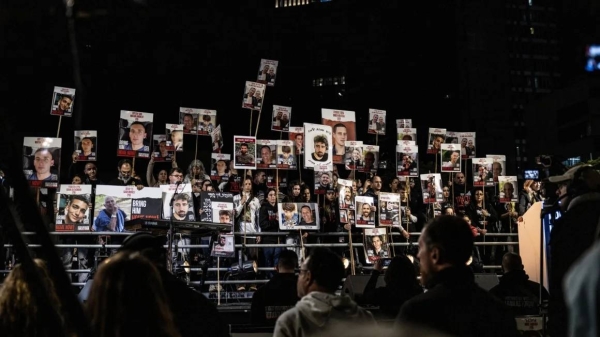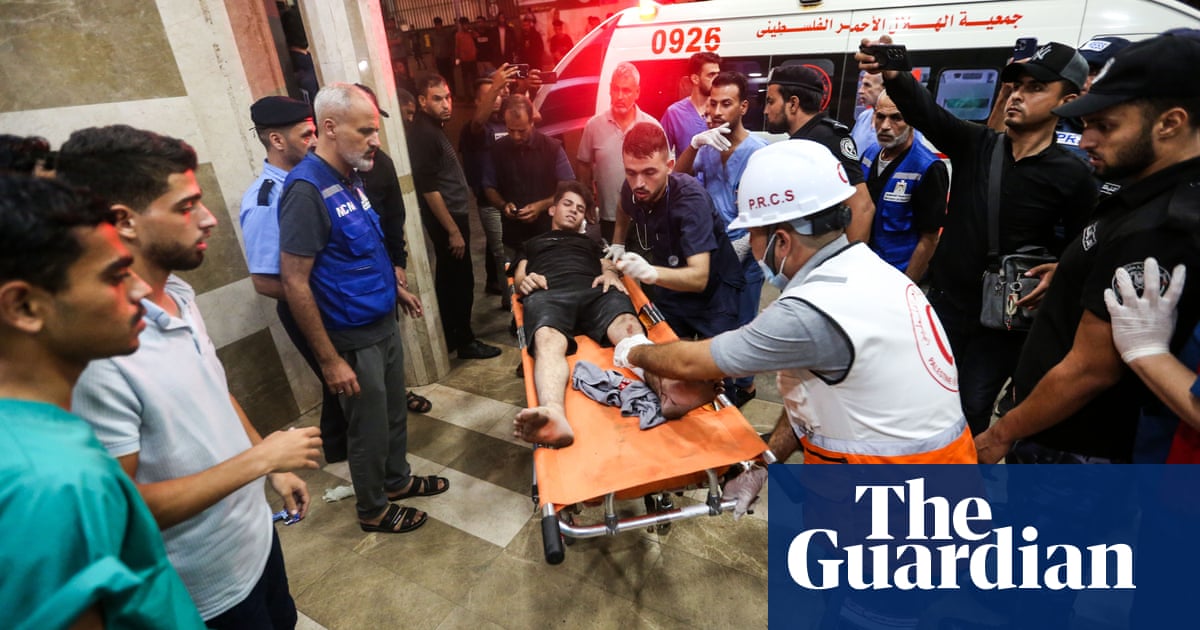
The Palestinian militant group Hamas has indicated it does not have 40 captives who are still alive who meet the “humanitarian” criteria for a proposed hostages-for-prisoners ceasefire agreement with Israel.
A senior Israeli official confirmed claims made at the weekend by Hamas during talks in Cairo that it does not have 40 hostages in Gaza who meet the exchange criteria.
Ceasefire talks have focused on a US-backed proposal of a phased exchange of hostages and prisoners. In the first instance women, children, and elderly or sick people – including five female Israeli soldiers – would be exchanged for an estimated 900 Palestinian prisoners being held by Israel, alongside a six-week ceasefire in Gaza.
Hamas appears reluctant to make up the numbers for an exchange with surviving male hostages. Reliable information about how many hostages remain alive, who is holding them and where has been hard to come by.
The CIA director, William Burns, has presented a new proposal to try to bridge the gaps between the two sides.
The US is pressuring Israel to agree to release 900 Palestinian prisoners in the first phase of a three-stage deal as well as allowing the return of Palestinians to northern Gaza.
The talks, which resumed on Sunday, have brought no signs of a breakthrough on a plan presented by US, Qatari and Egyptian mediators, which Hamas said it was studying.
About 240 hostages, including the bodies of some killed during Hamas’s 7 October attack on southern Israel, were taken into Gaza during the assault.
So far 112 hostages have been returned alive to Israel. Of those, 105 were released as part of an exchange last year. Before that, Hamas released four prisoners unilaterally, while three more were rescued by the Israel Defense Forces.
In the months since 7 October, Israel has revealed that a number of those who were believed to have been alive when they were abducted were in fact killed during the initial Hamas attack.
Hamas has said some hostages have died during Israeli strikes on Gaza. In a high-profile friendly fire incident Israel killed three escaped male hostages as they approached Israeli troops.
Israel believes about 30 of the remaining hostages are dead, which would leave about 100 still alive, including 91 Israelis or dual nationals, eight Thai citizens, one Nepali, and one French-Mexican national.
The long-running manoeuvres on both sides around ceasefire negotiations – an increasingly politically contentious issue in Israel – have become more tortuous by the week despite pressure from mediators.
While there was speculation that Israel’s withdrawal of its forces from operations in southern Gaza may have been an undeclared confidence-building measure, the killing of three of the sons of Hamas’s political bureau chief, Ismail Haniyeh, along with several of his grandchildren, appeared to undercut that analysis.
In an interview with the Al Jazeera satellite channel, Haniyeh said the killings would not pressure Hamas into softening its positions.
Haniyeh left Gaza in 2019 and lives in exile in Qatar. The top Hamas leader in Gaza is Yahya Sinwar, who masterminded the 7 October attack on Israel, which killed about 1,200 people, mostly civilians.
Among the various stumbling blocks on the Israeli side are demands that displaced Palestinians be allowed to return to northern Gaza, as well as the identity of prisoners to be released from Israeli jails.
Hamas has been pushing for a far more significant cessation in hostilities, including a full withdrawal of Israeli forces from Gaza, even as Israeli officials have vowed to continue with the war.
Guardian Newsroom: Crisis in the Middle East
On Tuesday 30 April, 7-8.15pm GMT, join Devika Bhat, Peter Beaumont, Emma Graham-Harrison and Ghaith Abdul-Ahad as they discuss the fast-developing crisis in the Middle East. Book tickets here or at theguardian.live












